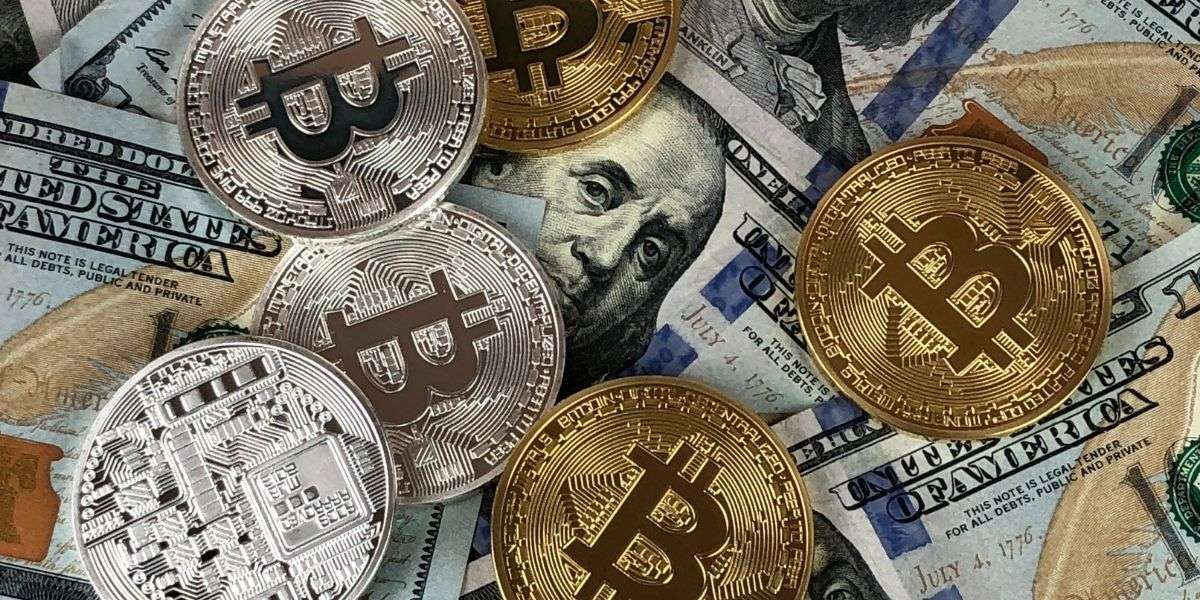So, somebody asked me the other day, “What about Crypto? Can I invest here?” “Negative nowcast, positive forecast” I answered, and parted, as he glared at me cryptically! This is an asset class that has caught the attention of not just the millennials, but also those dabbling with trading in shares, commodities, currencies and bonds. This is something that has been banned by some nations while several are pondering over the regulatory framework needed to “manage” it! While the Indian government’s announcement that gains from such transactions will be taxed at the highest slab in the most recent budget presentation, it opens up the likelihood of this being formalized and permitted in the days ahead.
While I have known many who have given this “asset class” a try with varying degrees of success, there are countless others who have lost more than they would have ever liked. The lure of harvesting a quick fortune stemming from the motivational stories of some who have amassed such gains serve as an aspirational rather than an inspirational motive. “If he can, maybe, I can too!”, appears to be the real motto. Hold on for a second here, as we pause to consider the oxymoron in the earlier phrase which reads thus…” harvesting a quick fortune”. Harvesting and quick? Mull over this one, now. Can they co-exist in harmony?
Root before the fruit – meaning an understanding of the legacy that lies behind these cryptos prior to leveraging the benefits or returns they offer is a perspective that will offer us a base to build on and form our decisions upon. Circa 1980 was when the idea of crypto currency was toyed with. The reason for this was bordering one of rebellion! The idea was (i) to move currency (money) without leaving a trace and (ii) to enable this movement with the exclusion of centralized entities (Banks). All great discoveries begin by questioning status-quo, and crypto , as you now understand ,was no different . “Why should anyone be able to trace my movement of funds? Why should I move money only with the assistance of banks or centralized entities?” Financial rebellion of a kind – I am sure, you’d agree .
Crypto means concealed or secret and David Chaum, in the early eighties, conceived an anonymous cryptographic (art of writing or solving codes) electronic money called ecash. It took him over a decade to finally implement this as DigiCash . This was probably the earliest form of cryptographic electronic payments that required user software to withdraw notes from a bank and also to designate specific encrypted (conceal data by converting it into code) keys prior to sending the cash to a recipient. This rendered digicash to be untraceable by the issuing bank, the government or by any third party.
Hey, hold it right here: Cryptographic money, right. Who issues them? Who controls them and who regulates their valuation mechanism? Sometime around 2016, Hiten Malviya, bought into a cryptocurrency for the first time. The virtual currency then was worth less than or about $US 1,000. Hiten invested close to Rs. 40,000, and by the end of 2017, Hiten was a ‘crypto millionaire, as the currency had been valued at close to $US 20,000/. That’s harvesting a quick fortune for you and who amongst us would not want to live this? The story does not end there: A year later, Hiten however lost close to over 80% of his net worth as the price of the currency crashed to around $US 3,000, and guess what, he could not even access his assets owing to a ban on the facilitation of crypto trade by India’s Central Bank – the RBI. Still considered as a grey area by most Central Banks across the world as these “assets” are not issued, guaranteed or protected by any Central Bank and the valuation of these assets are based to a large extent on their “censorship resistance”, scarcity and supply cap, which is quite a divergence from traditional currency forms.
If Central Banks do not regulate or issue cryptos, how are these “assets” created? Who mints them? Unlike traditional, physical currency, cryptos are mined not minted. Two concepts of mining architecture constitute the basis as follows: (a) Proof-of-work (PoW) & (b) Proof-of-stake (PoS). Simply stated, PoW is cryptographic proof of computational effort that has been undertaken by the miners, which verifiers can confirm easily. Miners thus compete to append blocks basis the computational effort.
Proof-of-stake mining was introduced to overcome the shortcomings of the Proof-of-work system. It allows the owner to pledge “assets” (staking) for a chance to validate the transactions and gain a transaction fee. Even though the PoS protocol picks the validator through a random selection process, the person with more coins automatically holds more mining power and helps avoid the computational cost associated with PoW schemes. For our easy comprehension, cryptos exist in a peer-to peer (P2P) environment unlike traditional currency. Therefore, the mining, administration, accounting (ledgering) of cryptos are decentralized.
Decentralized? How does it work then?
Distributed Ledger Technology, typically a block chain. “Wait, too many of those jargons there, right?” Let’s simplify. Anything in the world that has a financial value needs a ledger. A ledger is a collection of financial accounts. Traditional financial systems such as banks utilize a centralized ledger , which is why presently all financial transactions (paper and paperless) must be routed through the bank so as to establish and maintain authenticity and accuracy . The Decentralized Ledger or the distributed ledger is similar to a spreadsheet digitally available on the computers of all the parties – ledger access is distributed to all parties concerned . Risky, is’nt it ? It is to address this issue of risk that two types of “keys” are used: A public key and a private key and it only with the private key that information can be unlocked. Therefore, unlike a centralized system where a single point of break-in can corrupt or tamper with the data, in a distributed ledger , someone would need to break into multiple computers to alter and tamper with a record pertaining to one transaction. Quite an impossible task!
To answer the question we started out with, let’s understand the perception of risk here . As on date, there are close to 9,631 active private cryptos in the world. Allowing private cryptocurrency to be held by the public as an asset class is fraught with risk as the only objective served is to lure people into speculative gambling and making a quick buck. Recall the experience of Hiten. So will regulation help? Regulation, while legitimising the business, will make it grow even more. Present estimates of the market capitalization of the crypto market is about $US 1.69 trillion, with about $US 57 billion – $65 billion of trade per day. 8% of the US population trade cryptos and as a continent , Asia has 4 times more crypto users than any other continent. This explains the growing popularity that stems from curiosity, peer pressure and the perception of easy returns on investment.
However, cryptos will have to lose some of the attributes that make it so alluring as a speculative asset. This is because the things that make them so exciting – their price swings, their volatility, their potentially lucrative payoff – actually make them terrible currencies. In the end, the cryptocurrency that has the brightest future is the one that thinks about itself “as a transaction medium, and acts accordingly.”
This should affect your investments: If you think that the most popular crypto will eventually get wide acceptance as a digital currency, it’s a worthwhile investment. But, if you believe the opposite, it might be time to recognize that this is just a lucrative, but dangerous, pricing game with no good ending. So investing in cryptocurrencies might be a prudent investment, but which one? That is a more complex question, with fewer, clear answers!
(Coming up in Part 2- Blockchain, Intrinsic value and Exchanges.)


